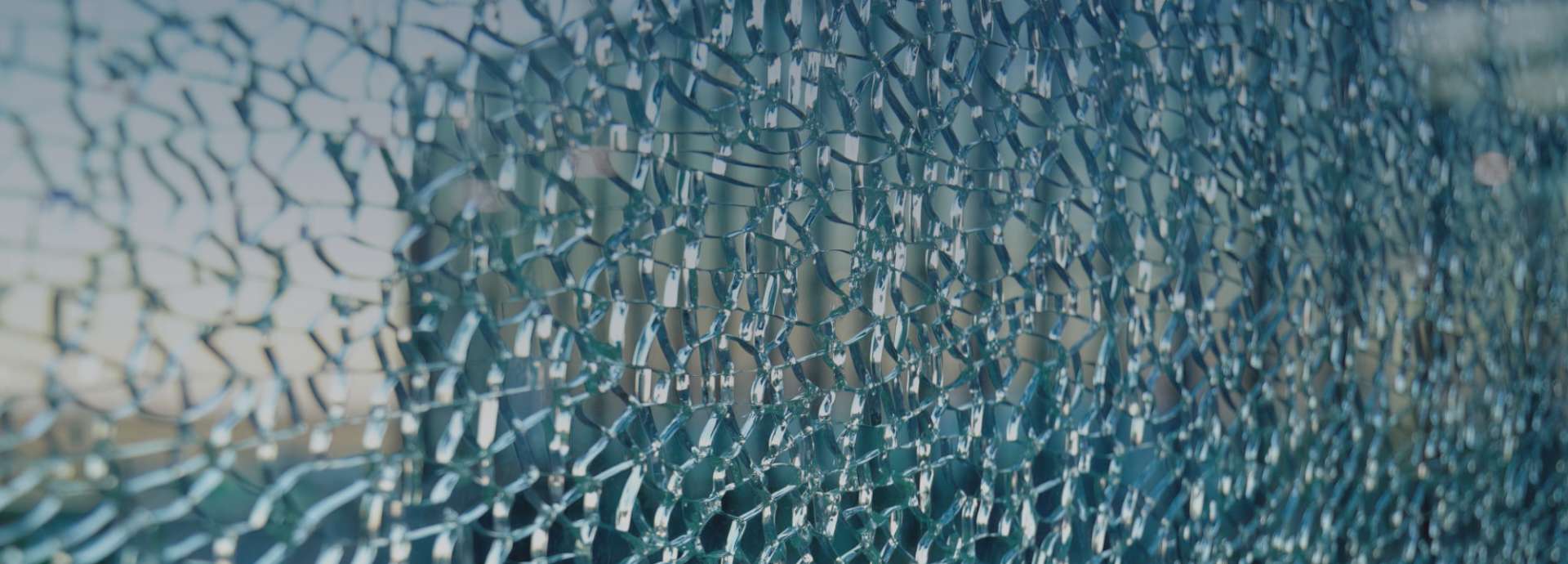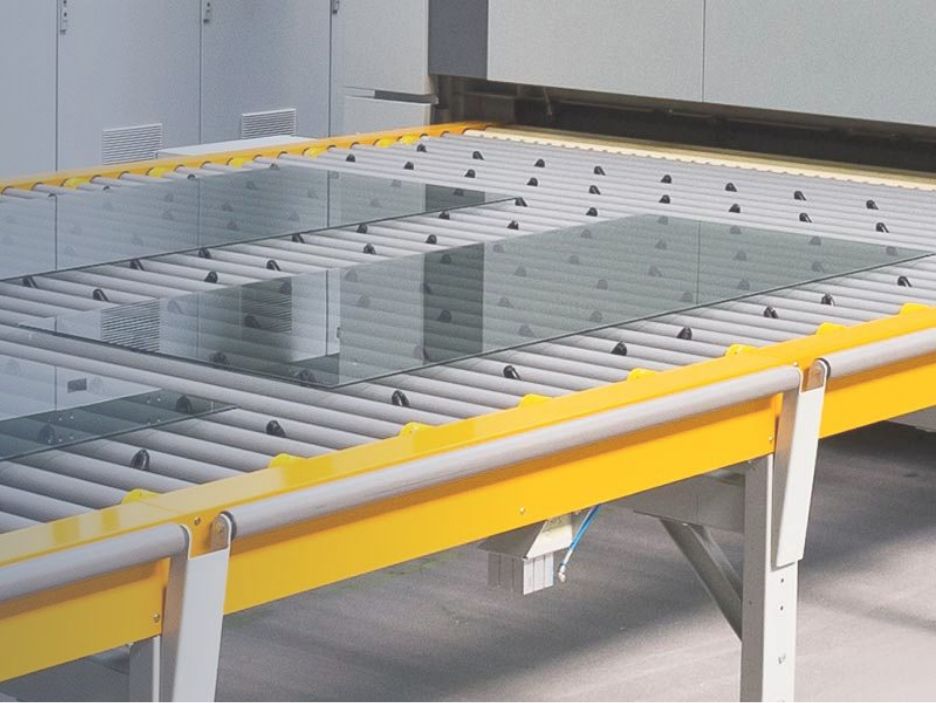
& Security Against
Break-In
Safety Glass & Security Glass
Safety glass offers impact resistance, providing protection against injury and intentional attacks.
Temporary Protection Against Break-Ins.
Glass can be the weakest point of a building. Modern solutions, such as toughened or laminated glass, offer enhanced security.
Types of safety glass include laminated and toughened glass, each offering distinct protective benefits.
Laminated Glass
Laminated glass is a type of security glass that remains intact when shattered. In the event of breakage, it is held together by an interlayer, typically made of polyvinyl butyral (PVB), between two or more layers of glass.
The interlayer keeps the glass bonded even when broken, preventing large, sharp pieces from forming. This results in a characteristic "spider web" cracking pattern when the impact is insufficient to completely pierce the glass.
PVB interlayer offering
A high level of sound insulation
Laminated glass is typically used in areas where there is a risk of human impact or where shattered glass could fall. The PVB interlayer also enhances the glass's sound insulation properties by providing a damping effect and blocks 99% of incoming UV radiation. For even better sound reduction, laminated glass with specialized acoustic PVB interlayers, known as acoustic laminates, can be used.
Press Glass stocks laminated glass in thicknesses ranging from 6.4mm to 10.8mm, available in clear, Ecopane, Ecoplus, anti-sun, and opal options.

Toughened Glass
Glass is inherently fragile, but toughened glass offers an important safety feature by shattering into tiny pieces upon breakage. It is increasingly used in applications where safety glass is required according to BS-EN 12600 specifications, such as doors, side screens, and low-level glazing.
In addition to its safety benefits, toughened glass is highly resistant to thermal stress. During the toughening process, internal stresses within the glass structure are altered, increasing its flexibility and strength.
The glass is cut to the required size, and its edges are ground, enhancing its durability and making it less prone to stress. It is then passed through a toughening furnace, where it is heated to temperatures of up to 750°C. Rapid heating and cooling changes the molecular structure, giving the glass a very high outer tensile strength.
Toughened glass is available in thicknesses ranging from 4mm to 10mm, and comes in various types, including clear, low-iron, patterned, anti-sun, Ecopane, Ecoplus, Sun-Control, and Eco-Clean.
Benefits laminated
break in
of UV light
Benefits toughened glass
to thermal shock
Specifications
| Structure [mm] | Acoustic insulation indicator and adaptive indicators [dB] | ||
|---|---|---|---|
| Rw | Ctr | C | |
| 6 | 31 | -3 | -2 |
| 6,4 (VSG 33.1) | 32 | -3 | -1 |
| 8 | 32 | -3 | -2 |
| 8,4 (VSG 44.4) | 34 | -3 | -1 |
| Toughening type | Glass thickness [mm] | Minimum dimensions [mm] |
|---|---|---|
| Standard | 4 | 100×250 |
| 6 | 100×250 | |
| 8-10 | 100×250 | |
| Toughened glass is available in thicknesses from 4mm-10mm and in the different glass types we stock – clear, patterned, low-E, solar control and self-cleaning glass. |